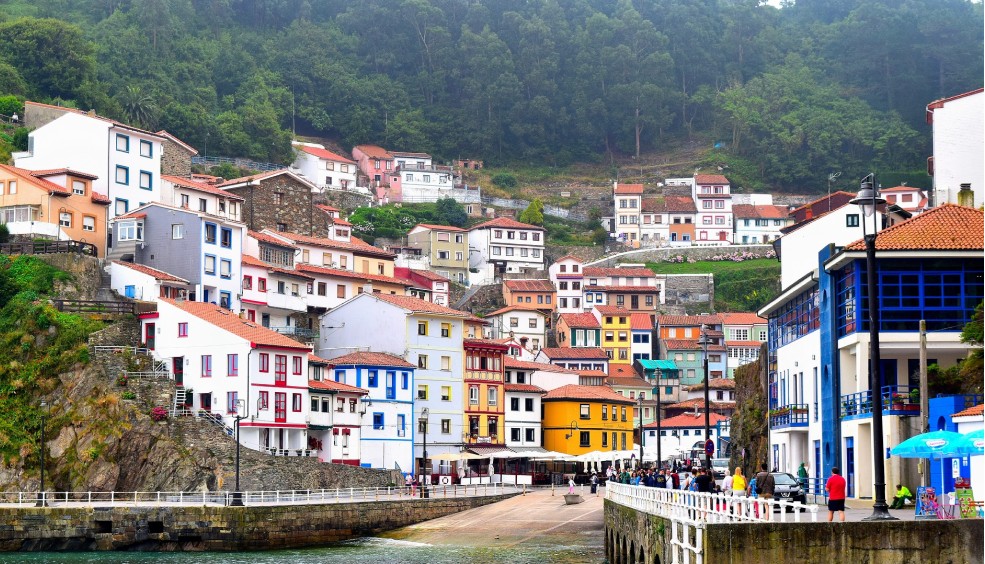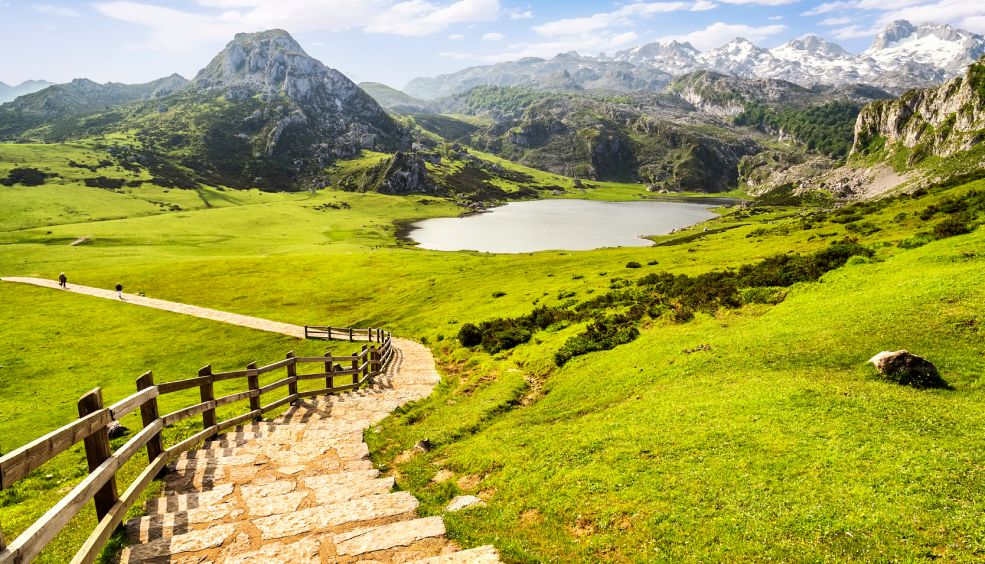An eco-paradise called Asturias
Discover ecotourism in Asturias: bears, whales, fairytale forests and enchanting landscapes in a natural paradise. Adventure and nature in its purest form!
more info10 reasons not to miss Asturias
The sea, nature, fishing villages, cities full of monuments, nightlife, valleys and mountains. There are so many reasons to visit Asturias that we have struggled to pick just ten.
more info8 nature + gastronomy plans in Asturias. Delicious!
An excursion and then a feast? Or maybe the other way round? In Asturias you'll find scenic hiking trails and mouth-watering dishes.
more infoAsturias at Easter: discover the best things to do!
Festivals, processions, gastronomy, nature, cities, art and culture... You'll find all this and much more at Easter in Asturias!
more info




